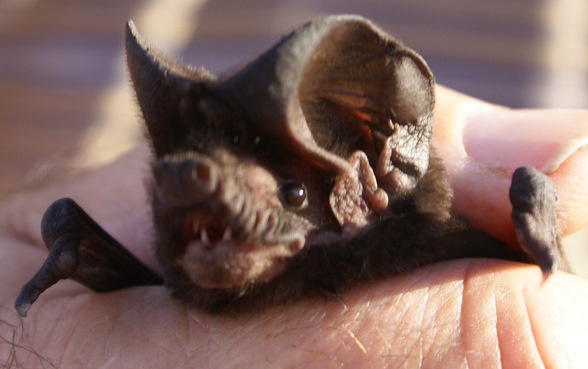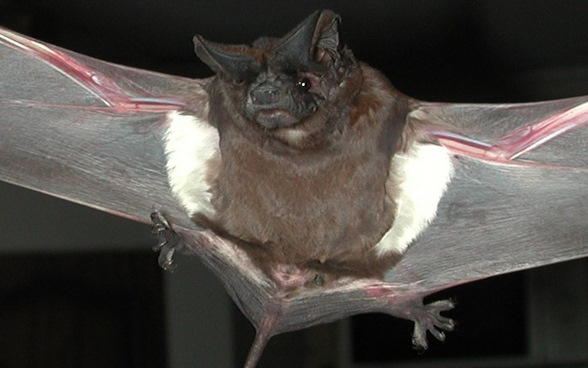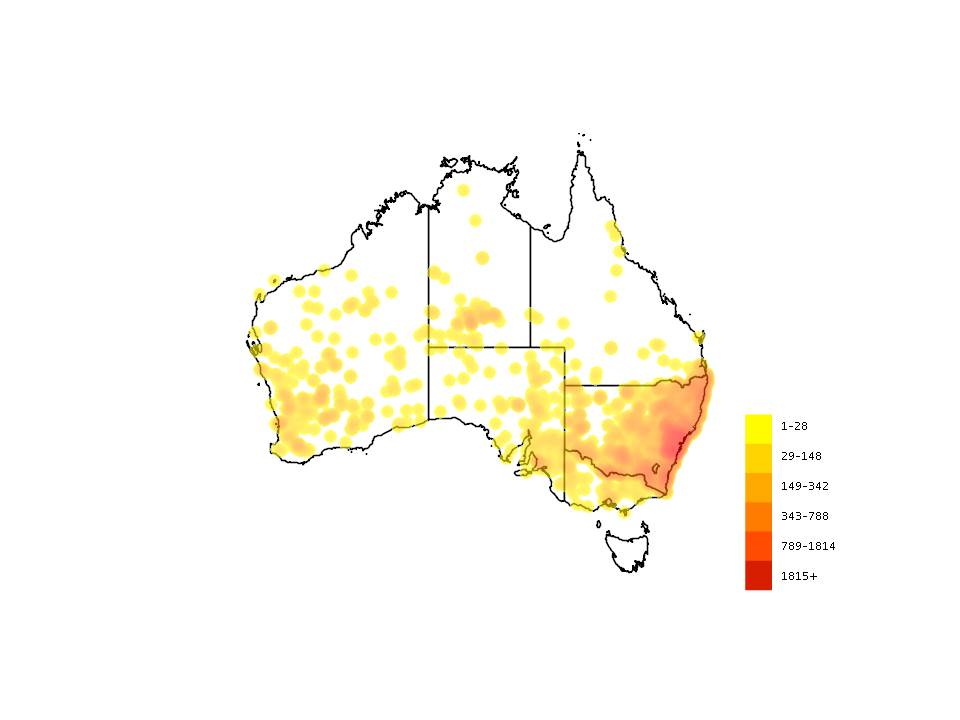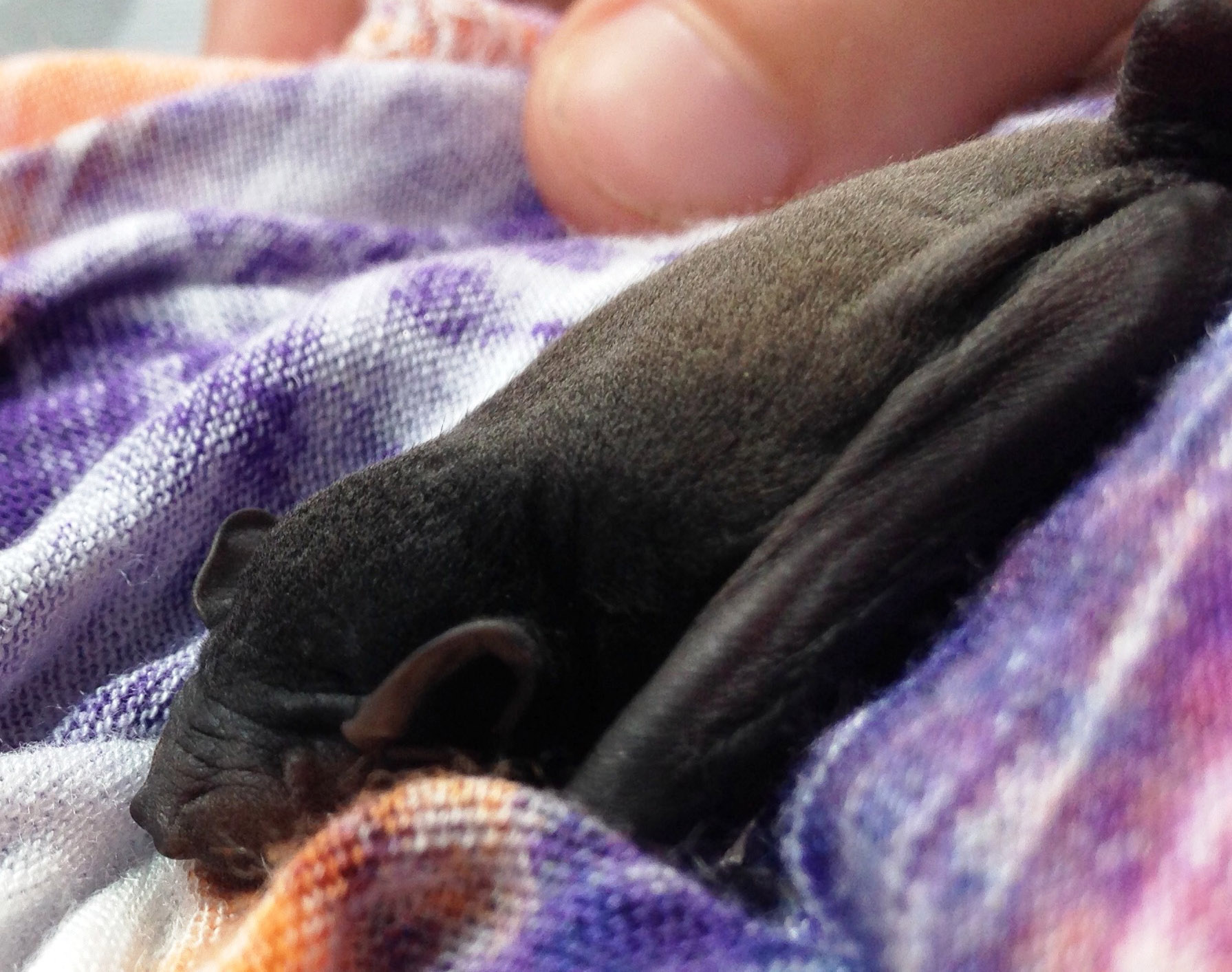Behaviour
Call
Unlike other microbats part of the White-striped Bats echolocation call is audible. Most people with reasonable high frequency hearing can identify its distinctive metallic ‘ting ting’ once they’ve been tuned in.
Diet
Insects.
Movement
It is a fast flyer and tracks the open space above the tree canopy. Its speed gives it a wide foraging range and as a result it is one of the few bats routinely encountered over urban areas.
However, the speed with which it flys means it is more often heard than seen.
Field Guide
Improve your identification skills. Download your White-striped Bat field guide here!





